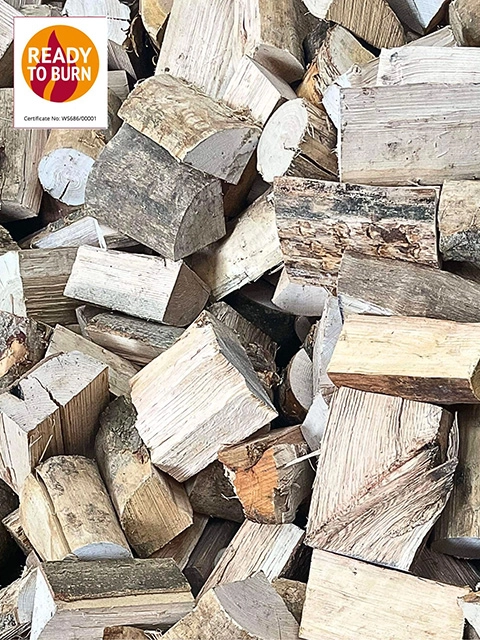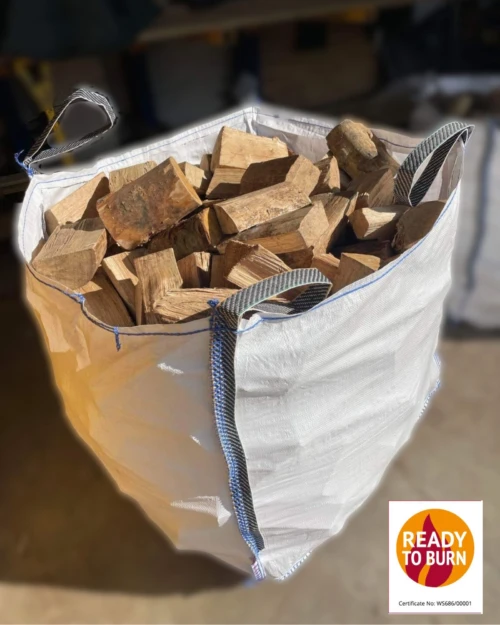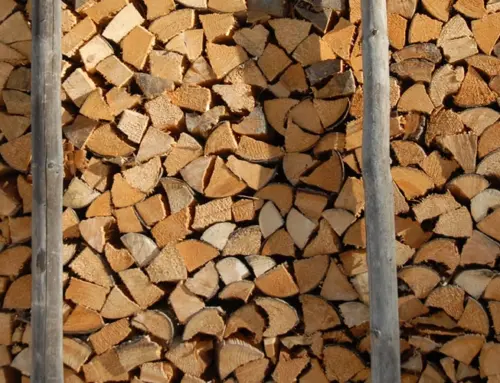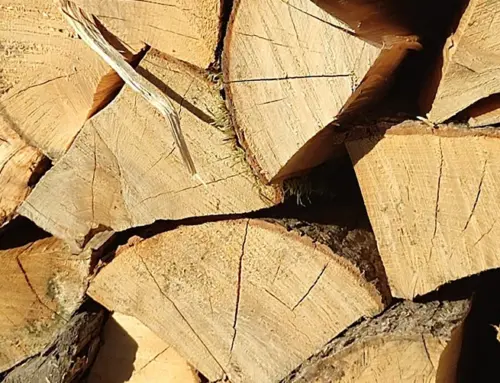Logs are a cornerstone of cozy, efficient heating and a comforting ambience in many homes. But to truly get the most from your logs, you need smart storage. A well-ventilated log store or shed that keeps timber off the ground, shields the top, and allows air to circulate on the sides will protect your investment and ensure your fuel is ready when you need it. In this post, we’ll explore practical log storage strategies and highlight how the right solutions, from local log suppliers to delivery options, can simplify your winter prep.
Why proper log storage matters
Storing logs correctly makes a tangible difference in burn quality, moisture content, and the longevity of your wood. Poor storage can lead to damp, mould, and insect issues, reducing heat output and increasing seasoning time. By choosing a log storage setup that prioritises airflow, ground clearance, and weather protection, you can:
- Improve the efficiency of your fire by providing drier, better-burning logs
- Extend the life of the wood by preventing rot and mould
- Reduce the effort required to split and stack when you’re ready to burn
- Create a neat, tidy space that complements your home and garden
If you’re looking for logs for sale or convenient access to Log Suppliers Near Me, smart storage complements the entire supply chain, from purchase to delivery to seasonal stacking.
Essential features of a great log store
A well-designed log store should incorporate several key elements. Here are practical guidelines you can apply whether you’re buying a ready-made log shed or building your own.
- Elevation off the ground: Keep logs off the soil to prevent dampness and ground moisture from seeping into the timber. Airtight or low-porosity bases can trap moisture, so aim for a sturdy base that elevates the logs at least a few centimeters off the ground.
- Top cover with breathable sides: Covering the top protects logs from rain and snow, but allowing air to circulate on the sides is crucial. A solid roof with open or slatted sides ensures moisture escapes while the wood remains dry.
- Ample ventilation: Airflow is your friend. Slatted walls, gaps between logs, or a design that channels airflow help prevent condensation and mould growth.
- Size and accessibility: Consider how much wood you typically use in a week or month and choose a log store that accommodates a full season’s supply without overloading the space. Accessibility includes easy loading and unloading, plus a layout that keeps the most-used wood within reach.
- Durability and materials: Timber, metal, or composite materials each have their pros. A treated timber frame resists weather, while powder-coated metal can offer longevity in harsher climates. Look for rot-resistant timber and proper sealing to extend the life of the store.
Storing Your Winter Log Supply: practical steps
Now that you know what makes a good log store, here are practical steps to ensure your winter log supply stays in peak condition from the moment you purchase through to the last flame of the season.
- Buy from reliable sources: When searching for logs for sale, consider established providers who offer seasoned wood and transparent moisture content information. Log Suppliers Near Me options can vary by location, so read reviews and ask about seasoning and delivery conditions. If you’re using a supplier that delivers logs, ensure the delivery includes proper stacking or placement in your log store or shed.
- Assess moisture content: Ideally, seasoned logs should have a moisture content of around 20% or lower. If you’re stocking up, plan for longer seasoning time if your climate is humid. Stacking logs with proper airflow accelerates seasoning and improves burn quality.
- Stack with care: Stack logs in a way that promotes air passage between rows. A single log layer with ample gaps is better than a dense pile. Keep heavier logs lower and lighter logs higher to maintain stability and ease of access.
- Protect against moisture: While the roof protects from rain, ensure doors seal well to keep out humidity during damp spells. If you experience persistent dampness from nearby ground moisture, consider elevating the entire stack and adding a moisture barrier at the base of the storage area.
- Plan for seasonal demand: If you rely heavily on logs in winter, you may want several months’ worth prepared in advance. Having a dedicated space for Storing Your Winter Log Supply helps prevent last-minute scrambles and ensures you maintain a steady heat source.
Log storage options you can consider
There are multiple storage solutions that suit different homes, spaces, and budgets. Here are a few popular choices, each offering effective ventilation and moisture control when used correctly.
- Freestanding log store: A standalone unit placed in a dry area of the garden or near the house. Elevation and slatted sides are common features to promote airflow.
- Shed-style log store: A compact shed with a breathable design, moisture-resistant materials, and a sturdy roof. This option can be integrated with garden storage and looks tidy.
- Wall-mounted log rack with canopy: For smaller spaces, a wall-mounted rack keeps logs off the ground and a canopy provides top protection while allowing air to circulate on the sides.
- Custom-built log shelter: If you have unique space considerations, a custom design can optimise airflow and access. Consider a design that fits your yard geometry and complies with local building regulations.
If you’re seeking convenience, many local suppliers offer Logs For Sale Clitheroe and surrounding areas, along with delivery services. When you search for Logs Delivered, you might find packages that include a covered, ventilated storage solution as part of the service, making winter prep simpler than ever.
Maintaining your log store and logs
A well-used log store still needs care. Regular checks to ensure roofing is intact, walls remain secure, and the ventilation is unobstructed will pay off. Clear debris that could trap moisture near the base, periodically inspect for pests, and rotate stock to ensure older logs are used first.
- Clean the gutters and roof to prevent water ingress.
- Inspect doors and latches to maintain a good seal.
- Re-stain or treat timber to prevent weathering in exposed locations.
- Monitor moisture levels of the stored logs if possible, and adjust storage practices as needed.
Getting the most from your logs starts with smart storage. Elevate your wood off the ground, cover the top but keep the sides breathable, and cultivate good airflow to prevent dampness and mould. Whether you source logs from a local supplier or choose a delivery service, a thoughtfully designed log storage solution is an investment in warmth, efficiency, and peace of mind. By focusing on proper Storing Your Winter Log Supply, you’ll enjoy easier access, better burn quality, and a tidy, functional space for your logs for sale, near you, and delivered right when you need them. Explore your options for Log Storage and Logs For Sale Clitheroe and beyond to find the perfect setup for your home.















